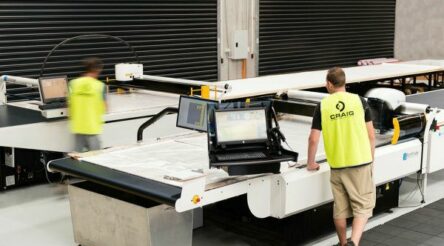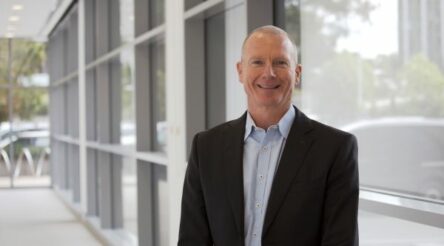Element 25 warms to pre cathode material production plant

A feasibility study for manganese miner Element 25 has demonstrated ‘compelling economics’ for the proposed first ever US based battery grade high purity manganese sulphate monohydrate (HPMSM) facility planned by the company.
HPMSM is required for the production of pre-cathode active materials (pCAM) used in EV batteries.
The proposed facility would take manganese from the company’s Butcherbird mine in the Pilbara region of Western Australia and convert them to HPMSM via a proprietary hydrometallurgical process developed by Element 25.
In 2019 ARENA funded Element 25 to trial the use of variable renewable energy in processing manganese.
Manganese is produced from its salts through an electrowinning process and normally relies on continuous grid connected sources of electricity.
Utilising Element 25 technology should see it HPMSM produce at around 1.7kg of CO2 for every 1kg of HPMSM which is approximately 67 percent lower than competitors in China and 26 percent lower than its closest non-China rival.
With US Electric Vehicle (EV) demand expected to grow 12 times by 2030 the company’s plans have been welcomed by potential customers.
Offtake and financing agreements are in place for the project with Stellantis N.V. and General Motors pledging US$115M in financing to the project via equity, pre-payment and debt.
Stellantis is funding ongoing works at the Louisiana facility while GM will utilise production for electric vehicle battery requirements in their Ultium battery plants.
E25 will supply GM with the manganese sulfate required to scale EV capacity in North America beyond one million units annually.
Further reading:
Element 25 to trial mineral processing with renewables
Element 25 secures $22.6 million for manganese processing
Picture: Element 25
@aumanufacturing Sections
Analysis and Commentary Awards Defence Manufacturing News Podcast Technology Videos










